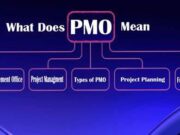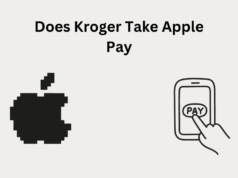Options and futures trading can be highly rewarding, but they also come with inherent complexities and risks. To navigate these financial markets successfully, traders need effective strategies that account for both market dynamics and their individual risk tolerance.
Options vs. Futures: Understanding the Differences
Before diving into strategies, it’s essential to grasp the Options vs Futures distinctions.
Options provide the holder with the right, but not the obligation, to buy (call option) or sell (put option) an underlying asset at a predetermined price (strike price) within a specified time frame. Options traders typically pay a premium for this privilege.
Futures, conversely, are contractual agreements obligating the buyer to purchase and the seller to sell an underlying asset at a predetermined price on a specific future date. Futures contracts have an obligation, and both parties must meet their contractual commitments.
Strategies for Options Trading
Options trading offers a multitude of strategies, each with its own risk-reward profile. Here are a few popular options trading strategies:
- Covered Call
This strategy involves holding a long position in an asset while simultaneously writing (selling) call options on the same asset. It generates income from the premium received but caps potential gains if the asset’s price rises significantly.
- Protective Put
Investors use protective puts to hedge against potential losses in their long positions. Buying a put option gives them the right to sell the asset at the strike price, limiting downside risk.
- Straddle
A straddle involves buying both a call and a put option with the same strike price and expiration date. Traders use this strategy when they expect significant price volatility, as it profits from large price movements in either direction.
- Iron Condor
This strategy combines selling an out-of-the-money call and put option while simultaneously buying further out-of-the-money call and put options. It profits from range-bound price movements.
Strategies for Futures Trading
Futures trading is equally versatile, offering various strategies suitable for different market conditions. Some key futures trading strategies include:
- Trend Following
Traders identify existing trends in the market and take long or short positions accordingly. Trend-following strategies aim to profit from sustained price movements.
- Spread Trading
Spread traders simultaneously buy and sell related futures contracts, seeking to profit from the price difference between the two contracts. Common spread strategies include calendar spreads and intercommodity spreads.
- Hedging
Many market participants use futures contracts to hedge against price fluctuations in the underlying asset. For example, a farmer might use grain futures to lock in a selling price for their crop.
- Arbitrage
Arbitrageurs exploit price discrepancies between related assets in different markets. They can profit from these differences by simultaneously buying and selling in different markets.
Conclusion
Successful options and futures trading requires a thorough understanding of the chosen instruments, market conditions and risk management. Traders and investors should carefully select strategies that align with their financial goals, risk tolerance and market outlook.
Moreover, continuous learning, discipline and a well-defined trading plan are essential for success in these markets. It’s advisable to start with small positions and gradually increase exposure as you gain experience and confidence in your chosen strategies. Remember that while these markets offer opportunities for profit, they also carry the potential for substantial losses, so it’s crucial to trade wisely and responsibly.


















